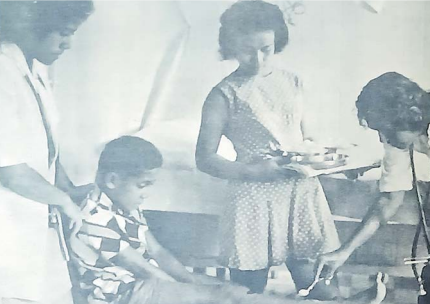In 1975, Fiji’s first “barefoot doctors” began their training at the Fiji School of Medicine.
According to an article published in The Fiji Times on May 8 that same year, 10 young people would graduate in three years as medical assistants, qualified to serve basic health needs in the community.
“Barefoot doctors” is the term used in China and some developing countries for medical workers who serve in remote rural areas doing grassroots community health work.
The principal of FSM, Dr Bhupendra Pathik, said the medical assistants would not replace doctors since their job is to take over only certain duties of a medical officer.
This leaves them free to use their more specialised skills to provide a wider and more effective health coverage of the community.
“Medical assistants were to be trained to give basic treatment and to recognise and diagnose conditions which a doctor should treat,” Dr Pathik told this newspaper.
“They will be posted mostly to rural areas to give better health services to isolated places. Where doctors work in a small place and their skills are not fully used, a medical assistant could be posted.
“Alternatively, where a doctor is overworked, he could assign a medical assistant to help him. Medical assistants could be posted to nursing stations, freeing the nurse to give the sort of community health service for which she is trained.”
Dr Pathik said the FSM had a tradition of training medical assistants.
“The earliest trainees were just that, and the school continued training medical assistants until 1931,” he said.
Part of their training was to spend a lot of time at health centres and clinics in the Suva area and the casualty and outpatient department of the Colonial War Memorial Hospital.
Under close supervision, they learned to give injections, dress and bandage injuries, test urine samples and perform other clinical work.
In their second year, Dr Pathik had the hope of sending them outside Suva to the Western Division to give training in recognising common diseases and in elementary obstetrics and gynaecology.
They would work at nursing stations in Sigatoka, Nadi, and Ba while under close supervision.
In their final year, Dr Pathik planned to bring the trainees back to Suva to consolidate their studies with more lectures and practical work.
“We will also teach them how to drive, because most of them will be posted to remote areas where they will have no drivers to take them around,” he said.
Dr Pathik believed the main advantages of medical assistants was that they would give the community better health services.
The full medical course at FSM was five years.



